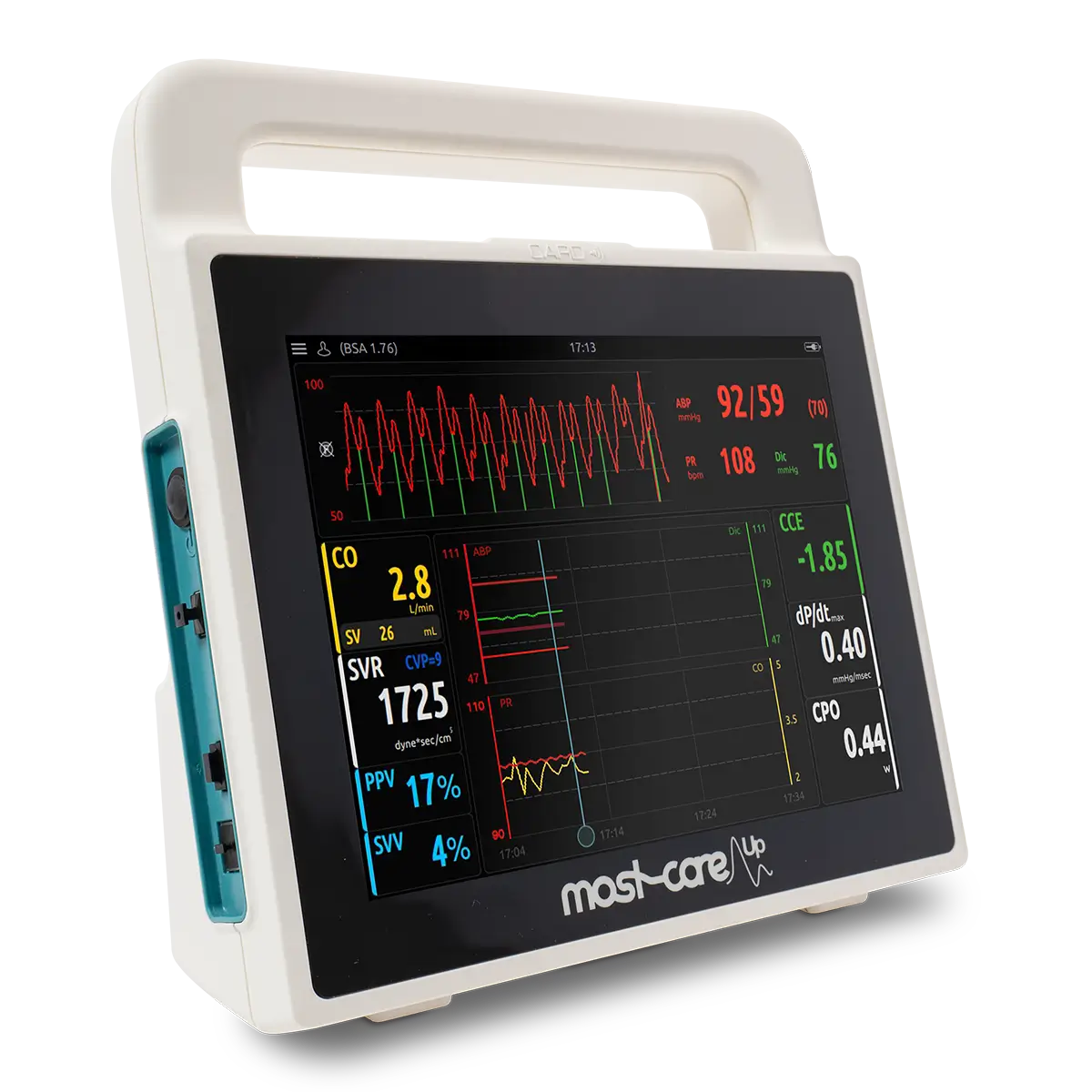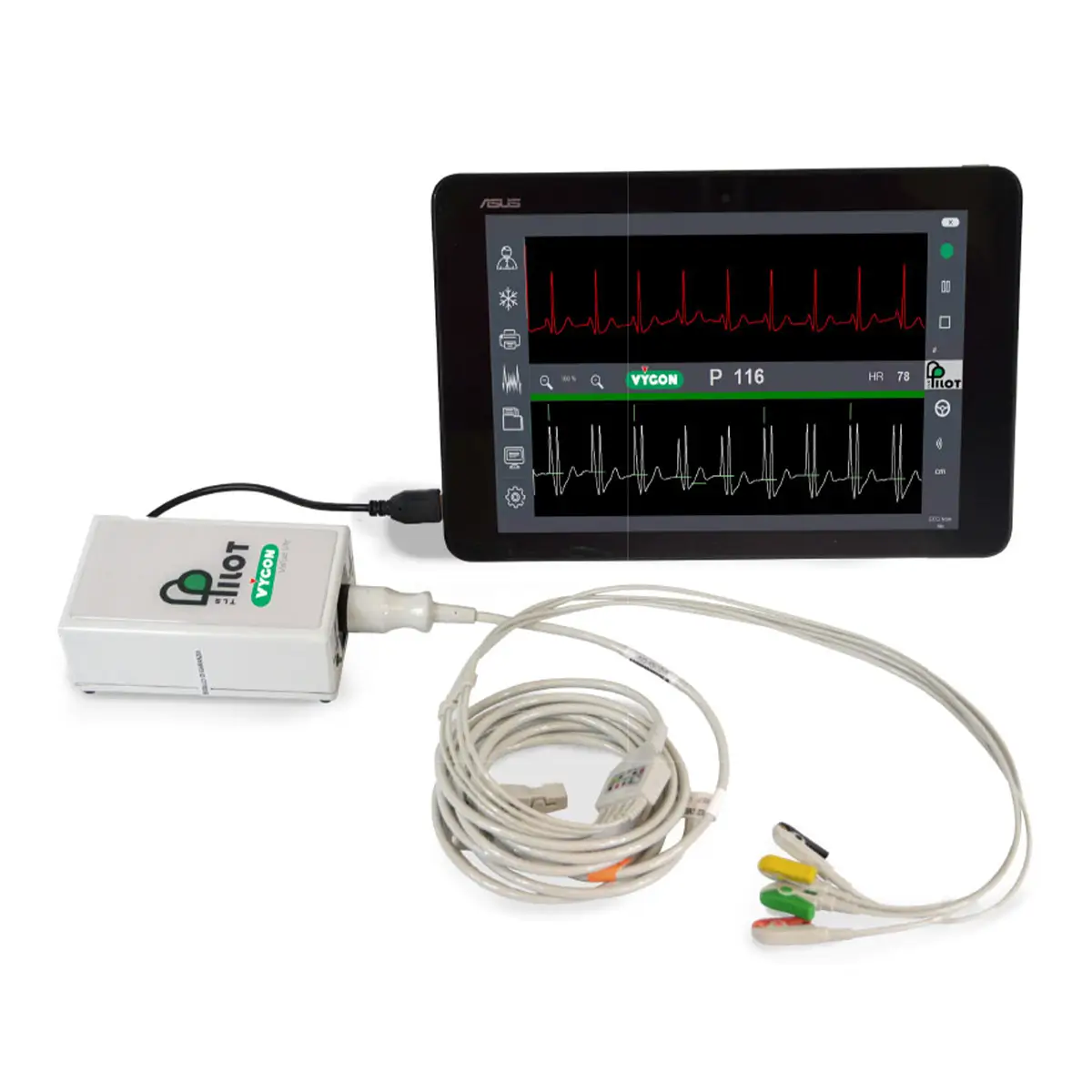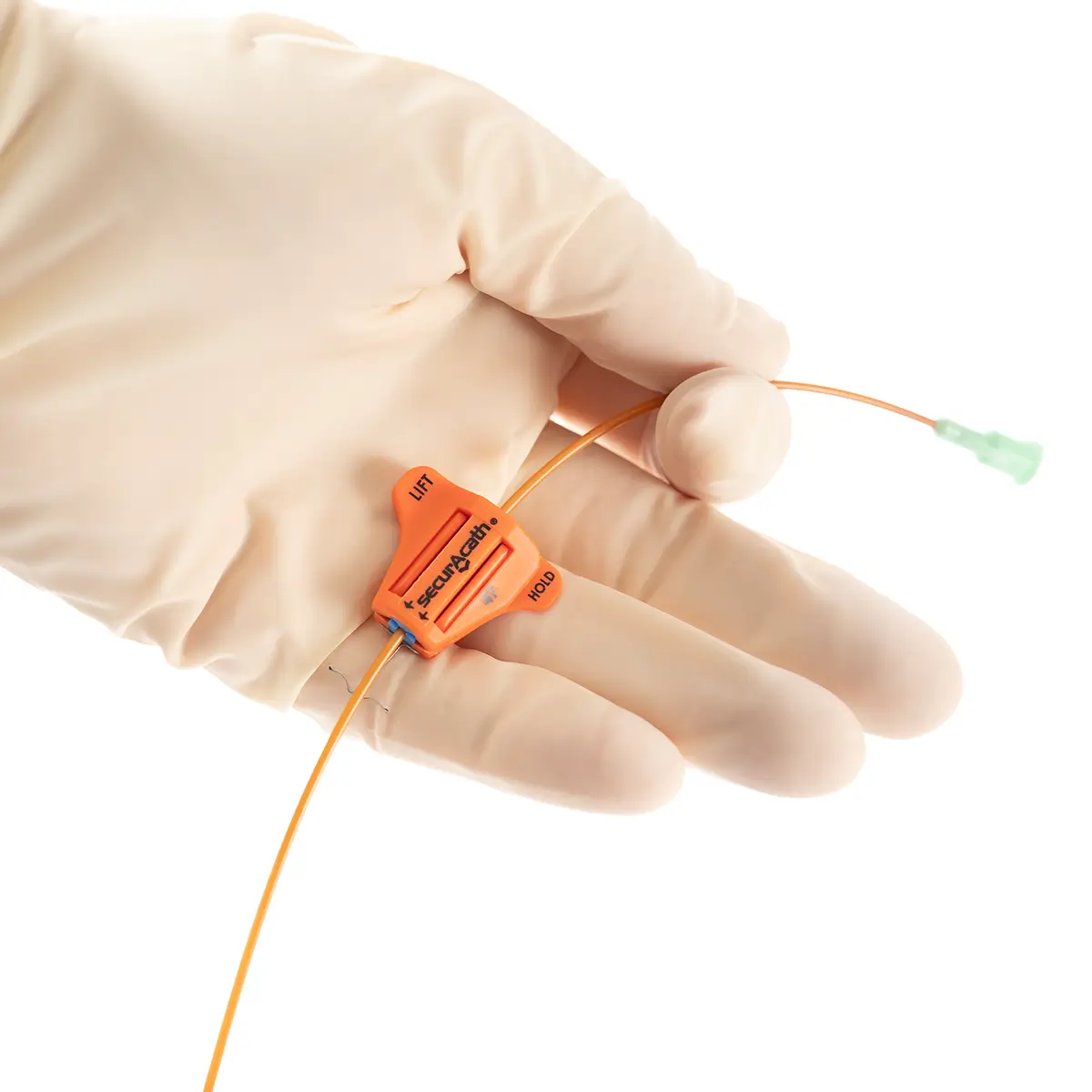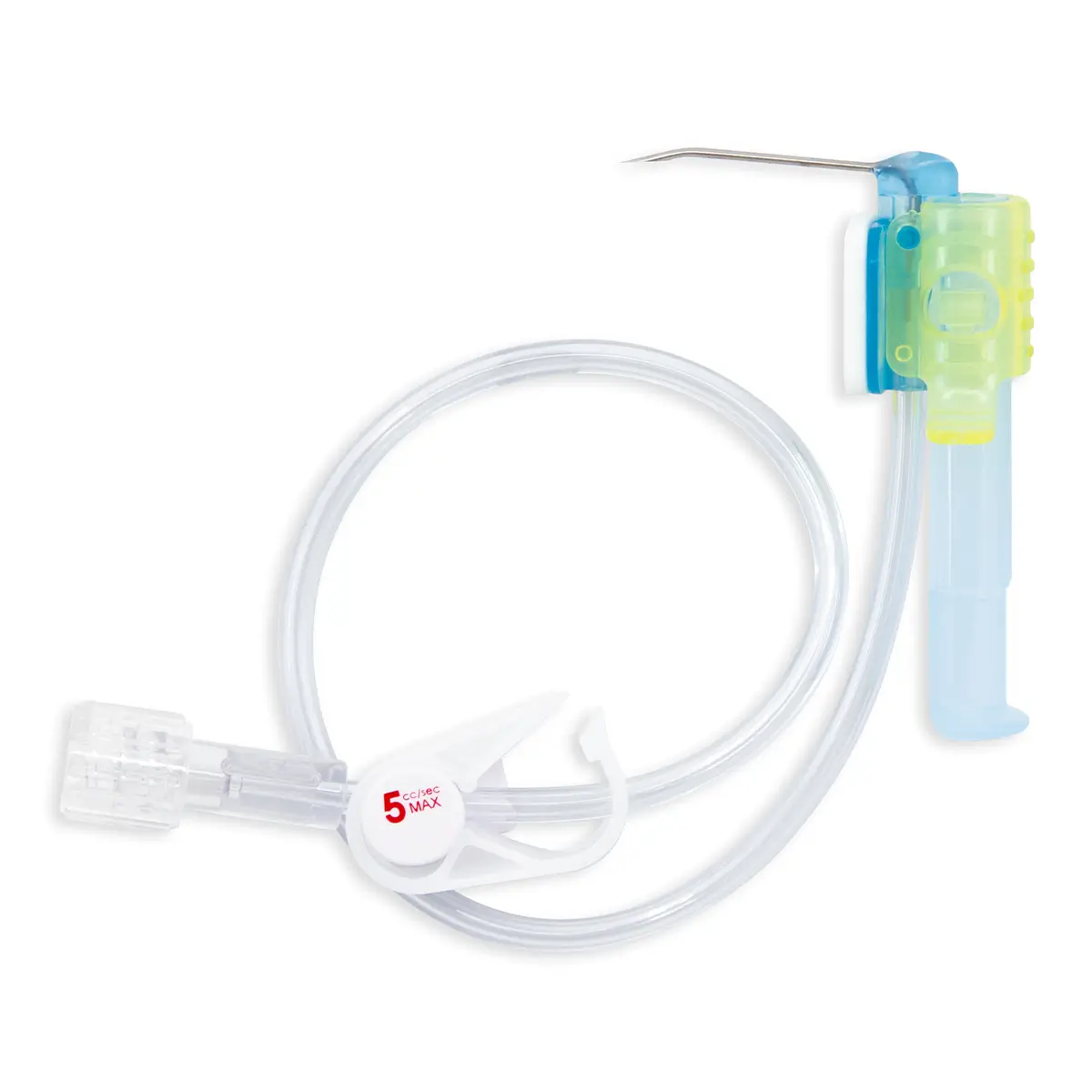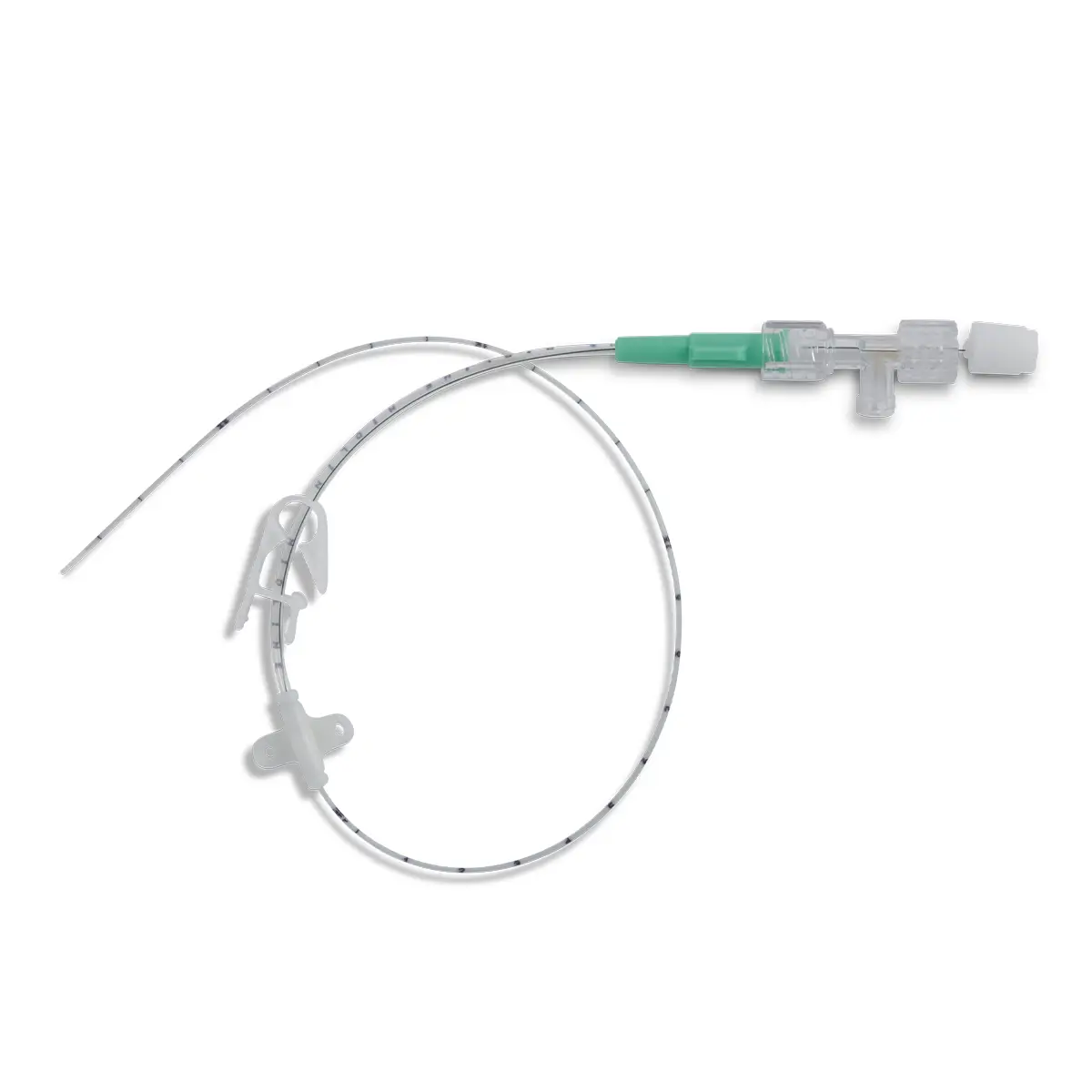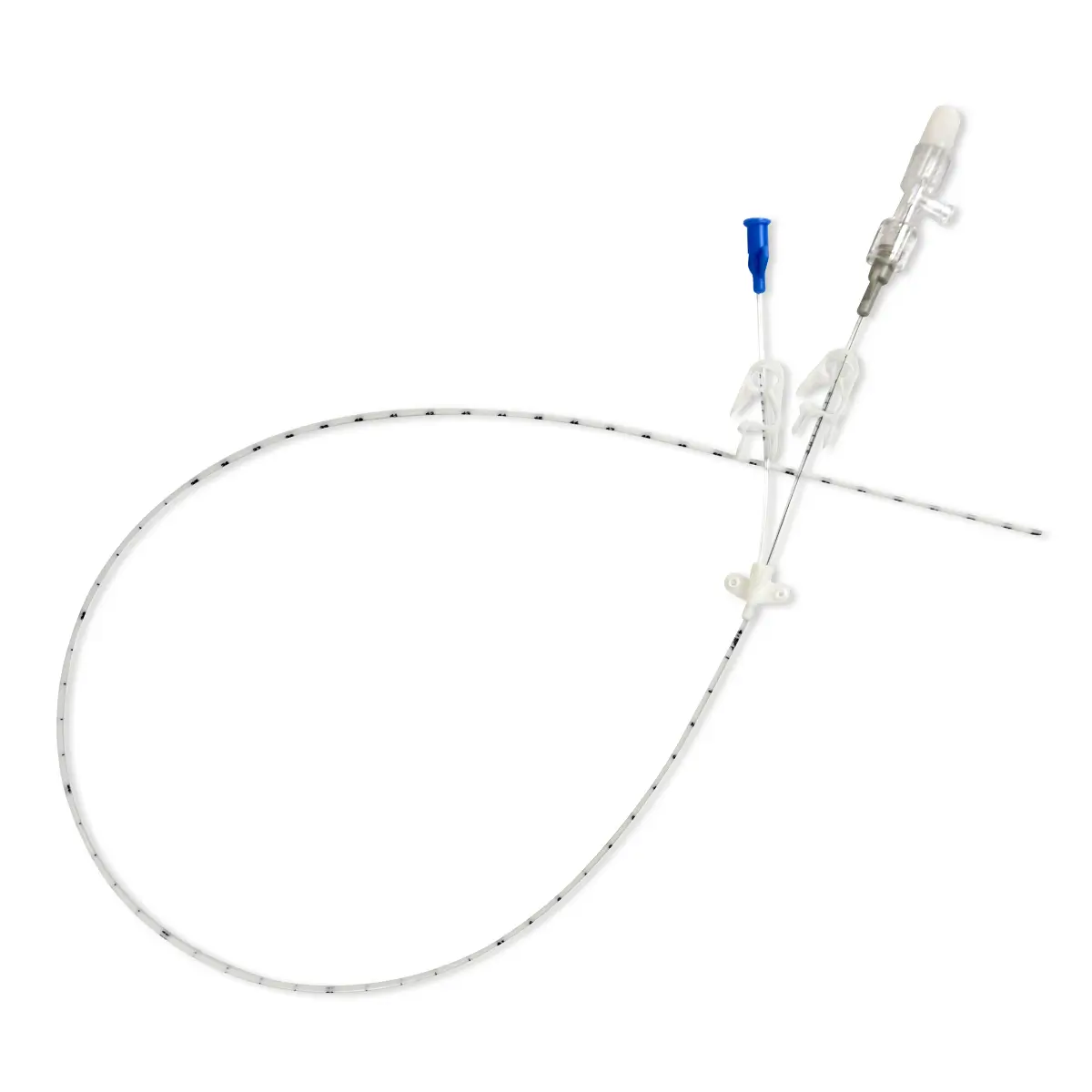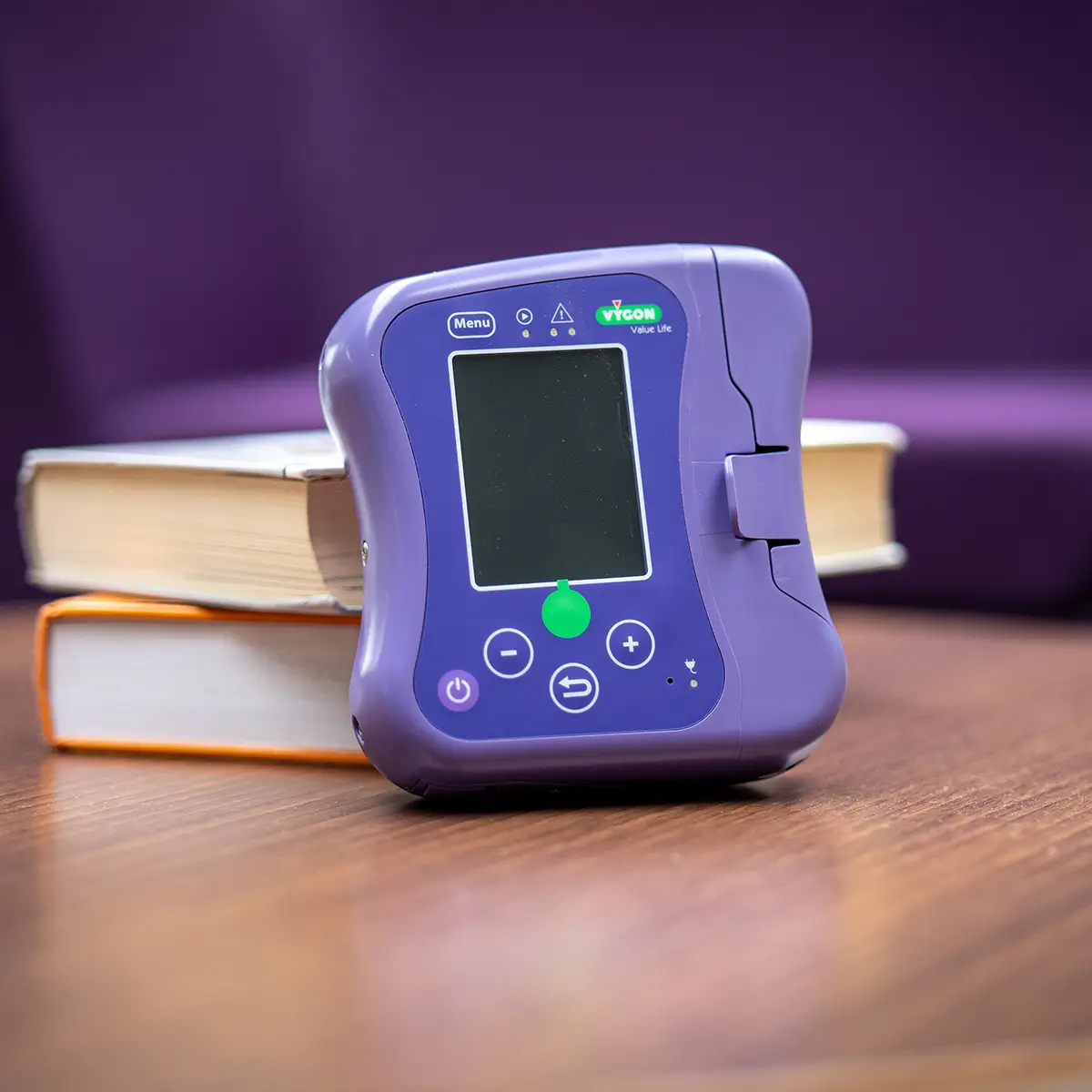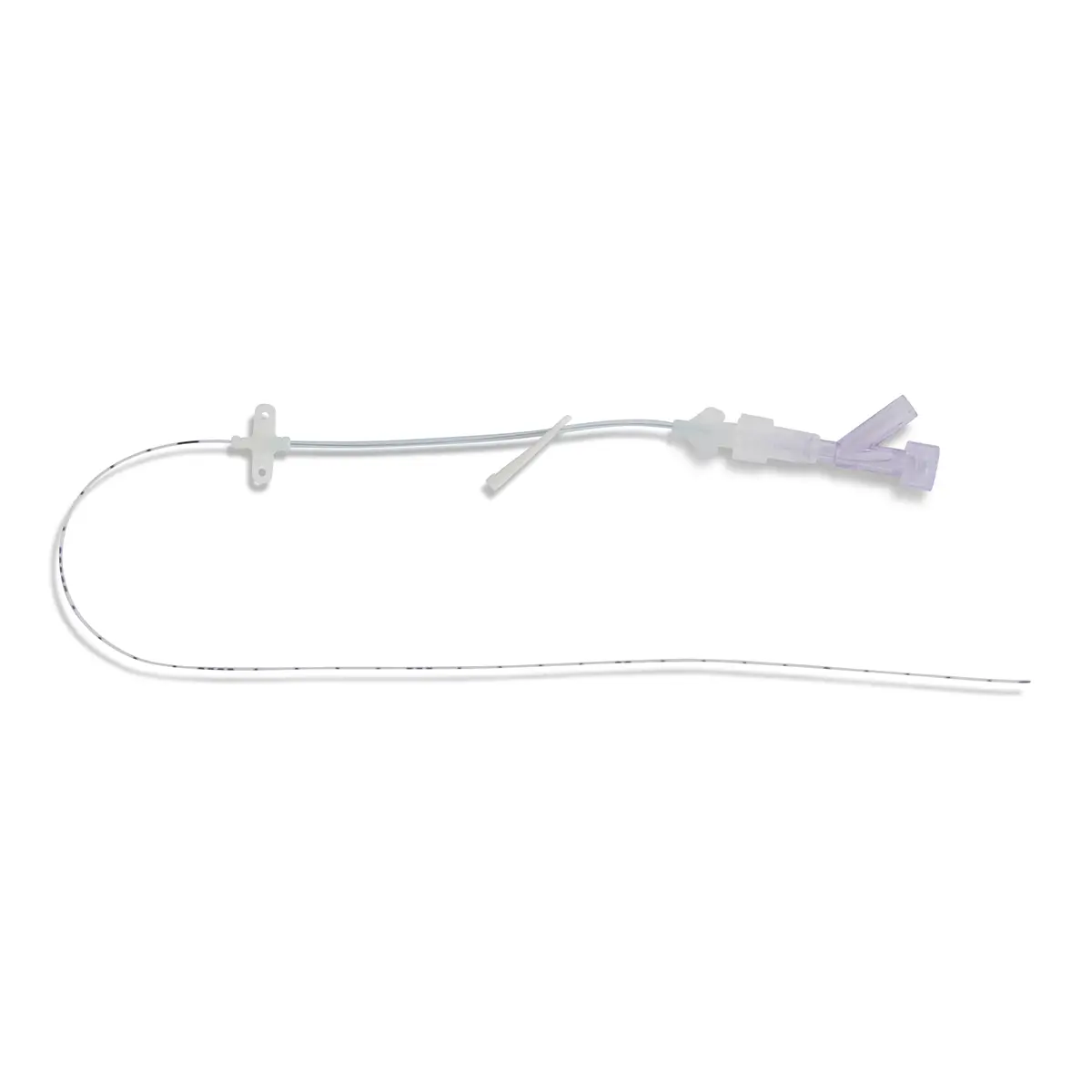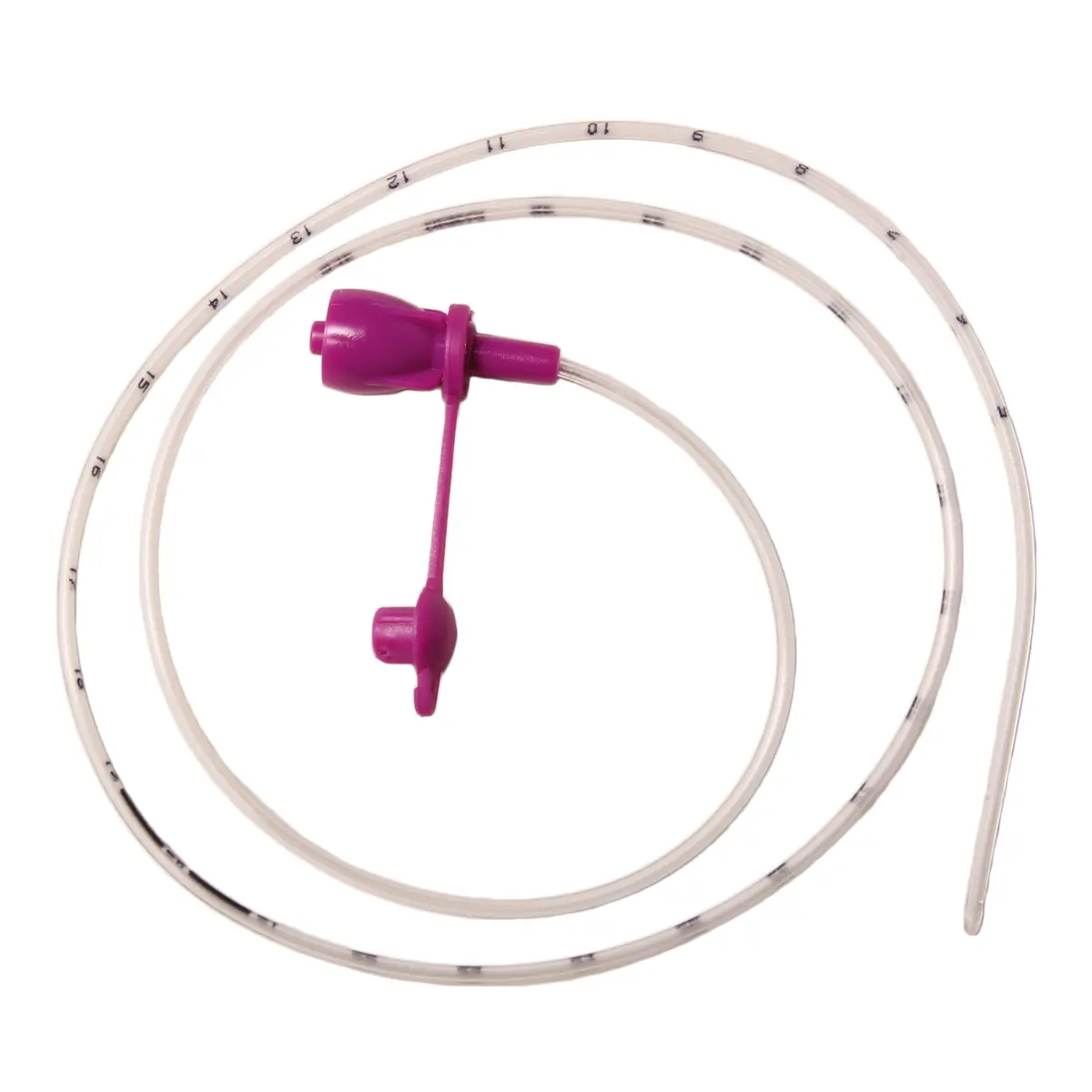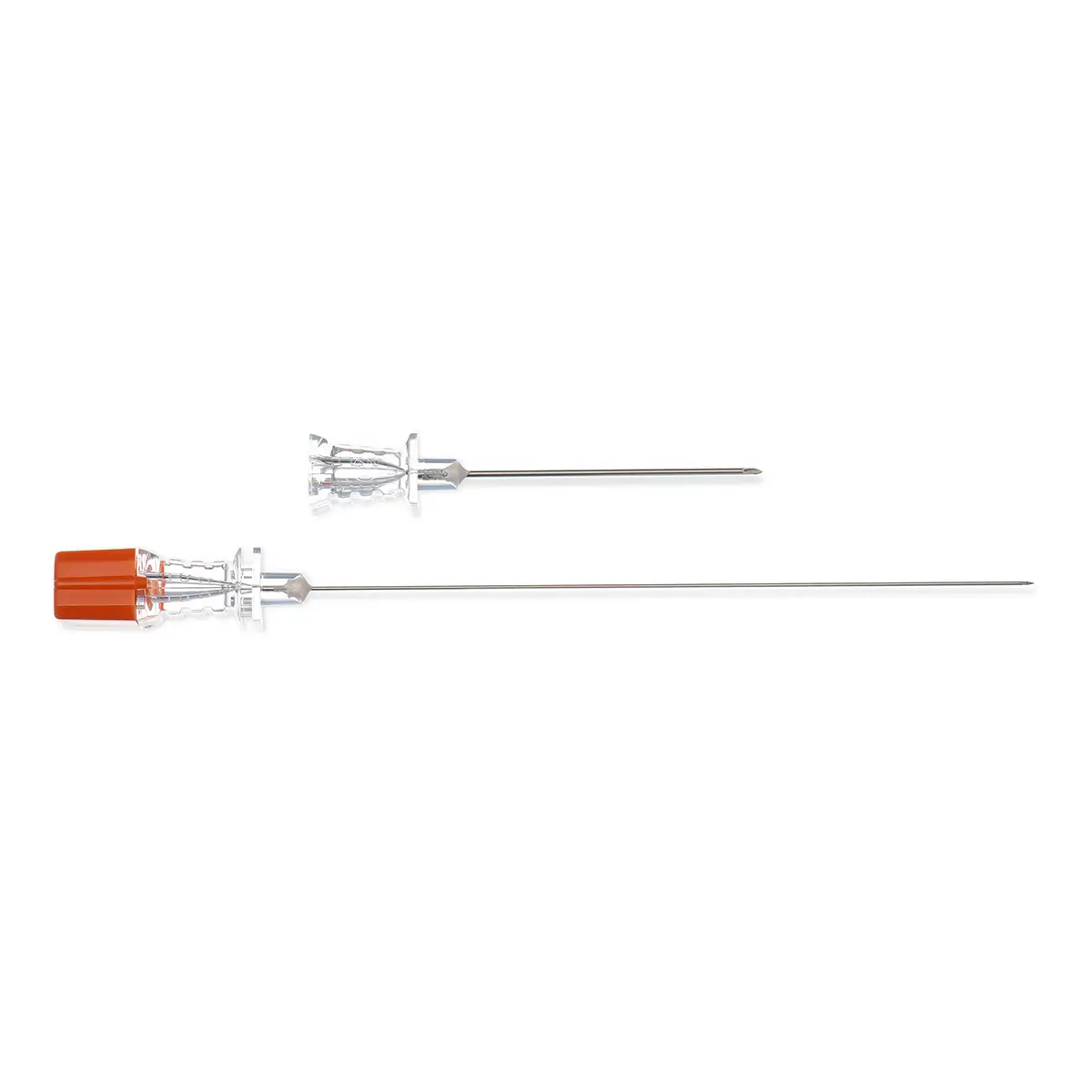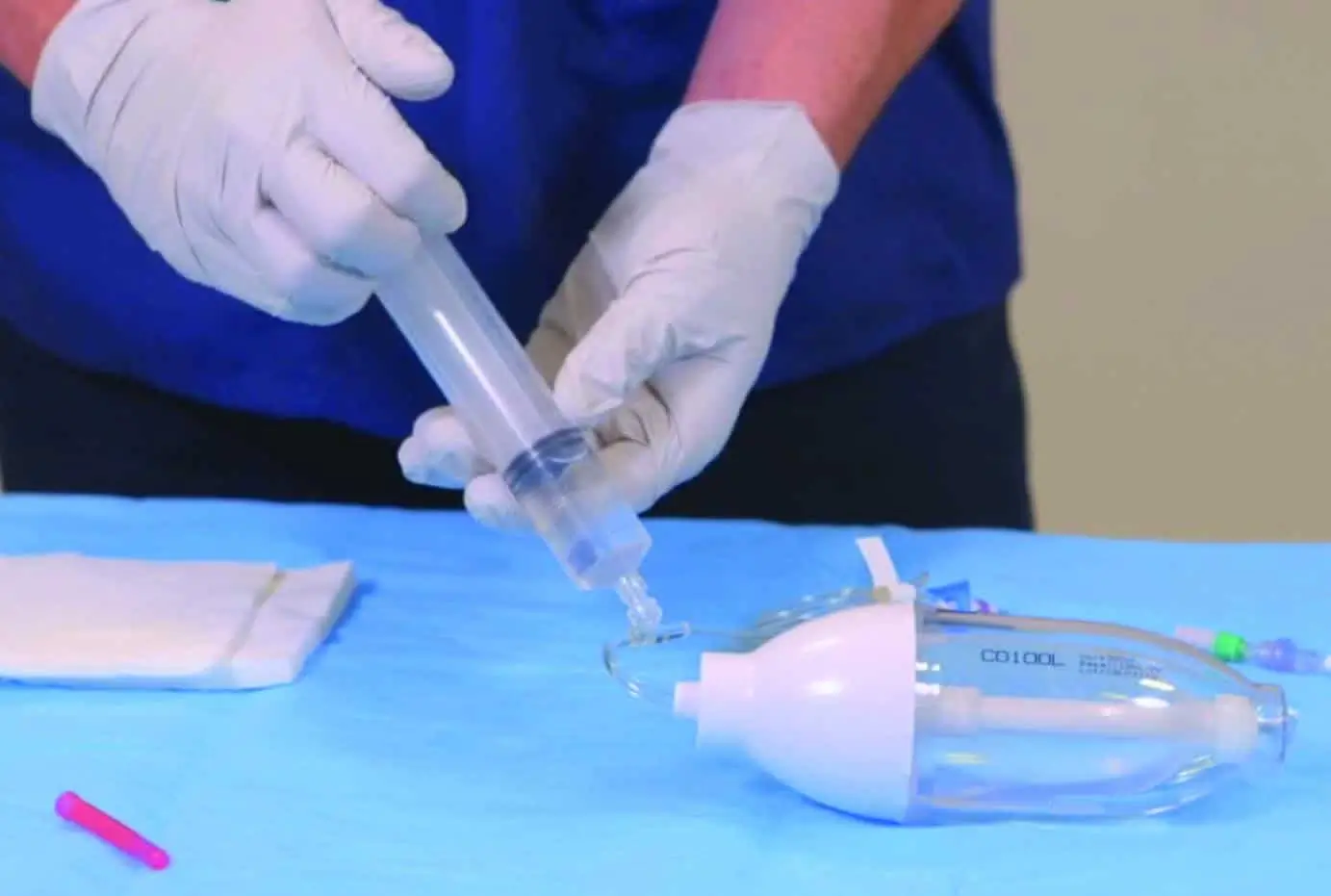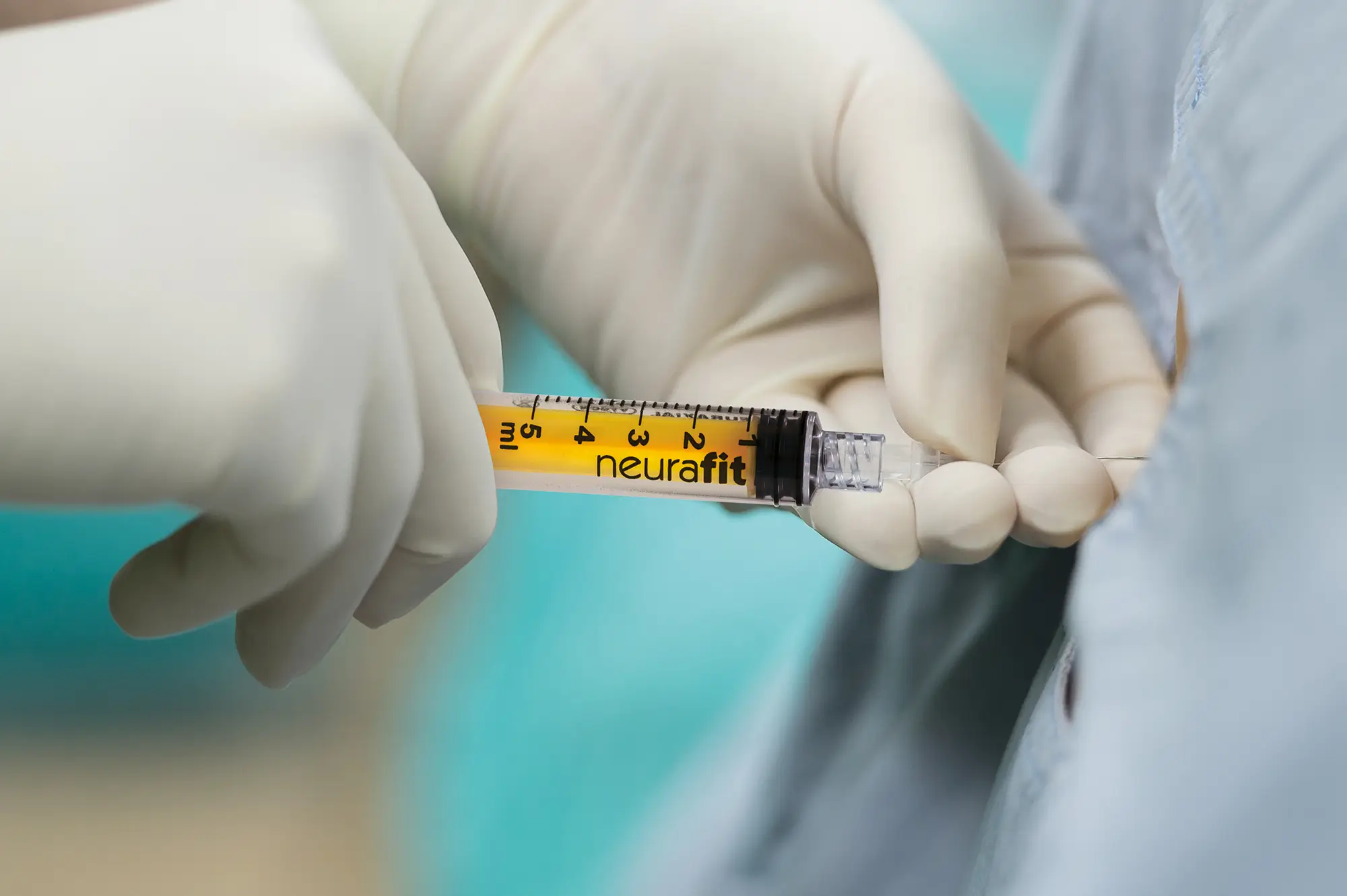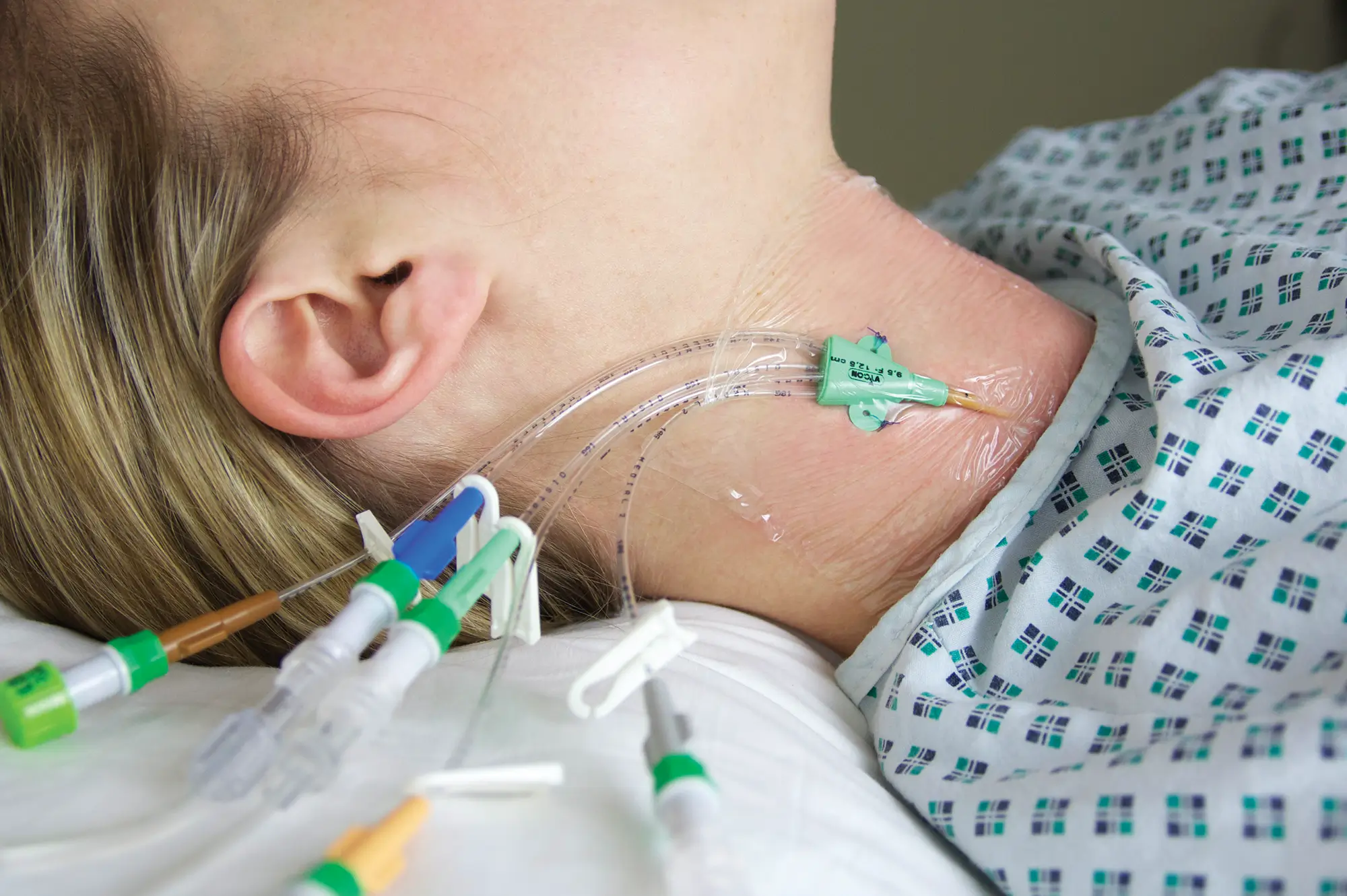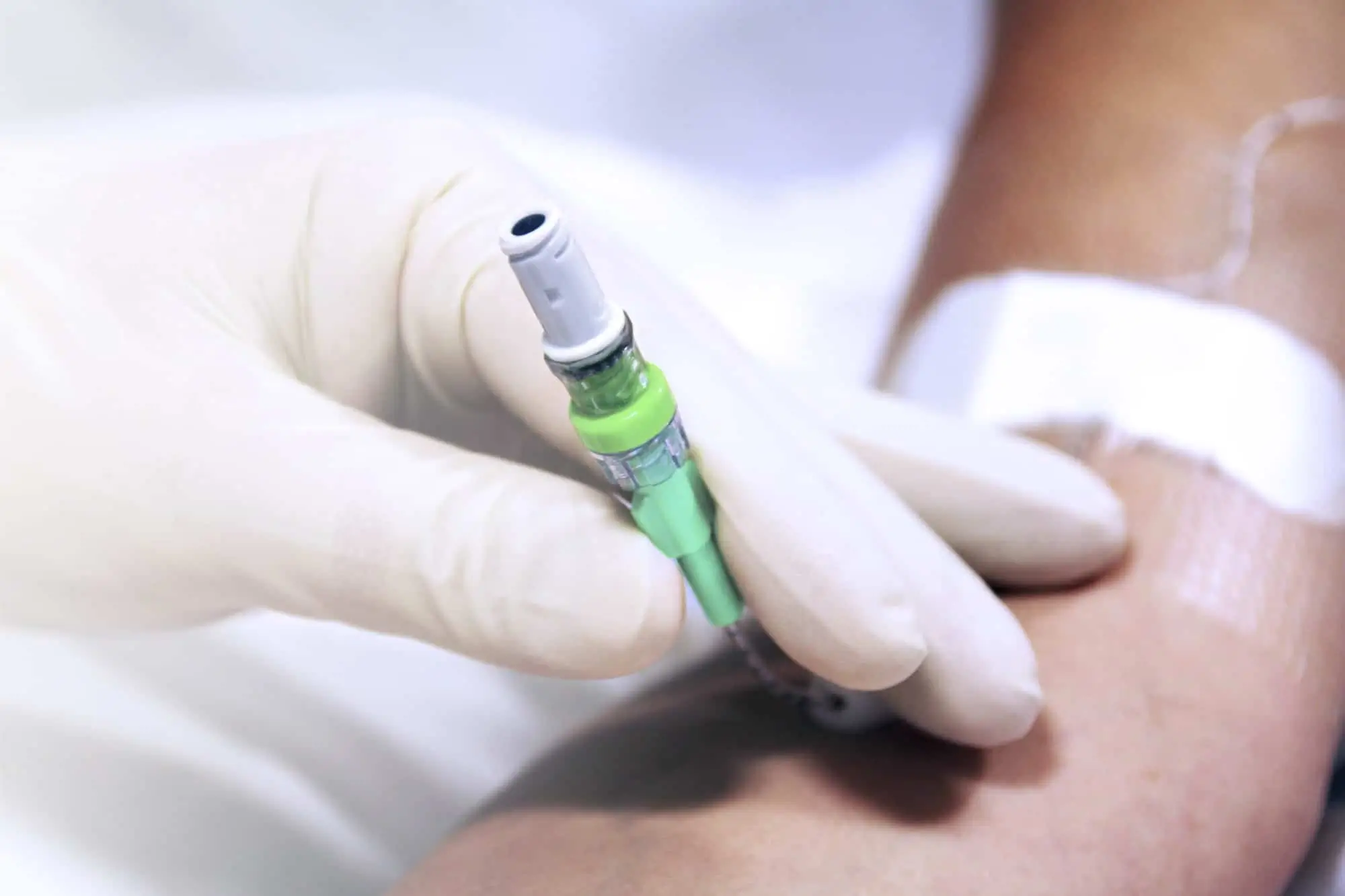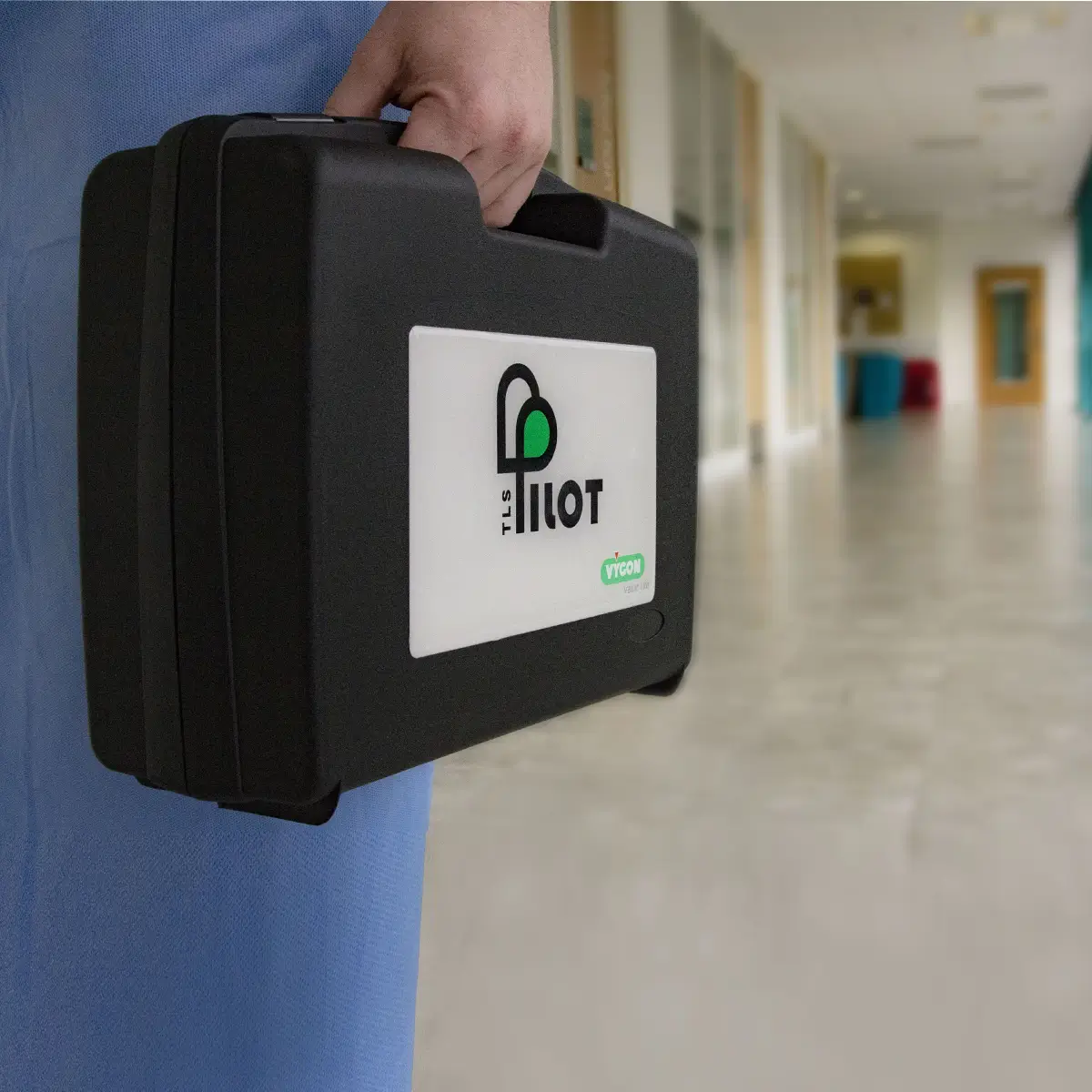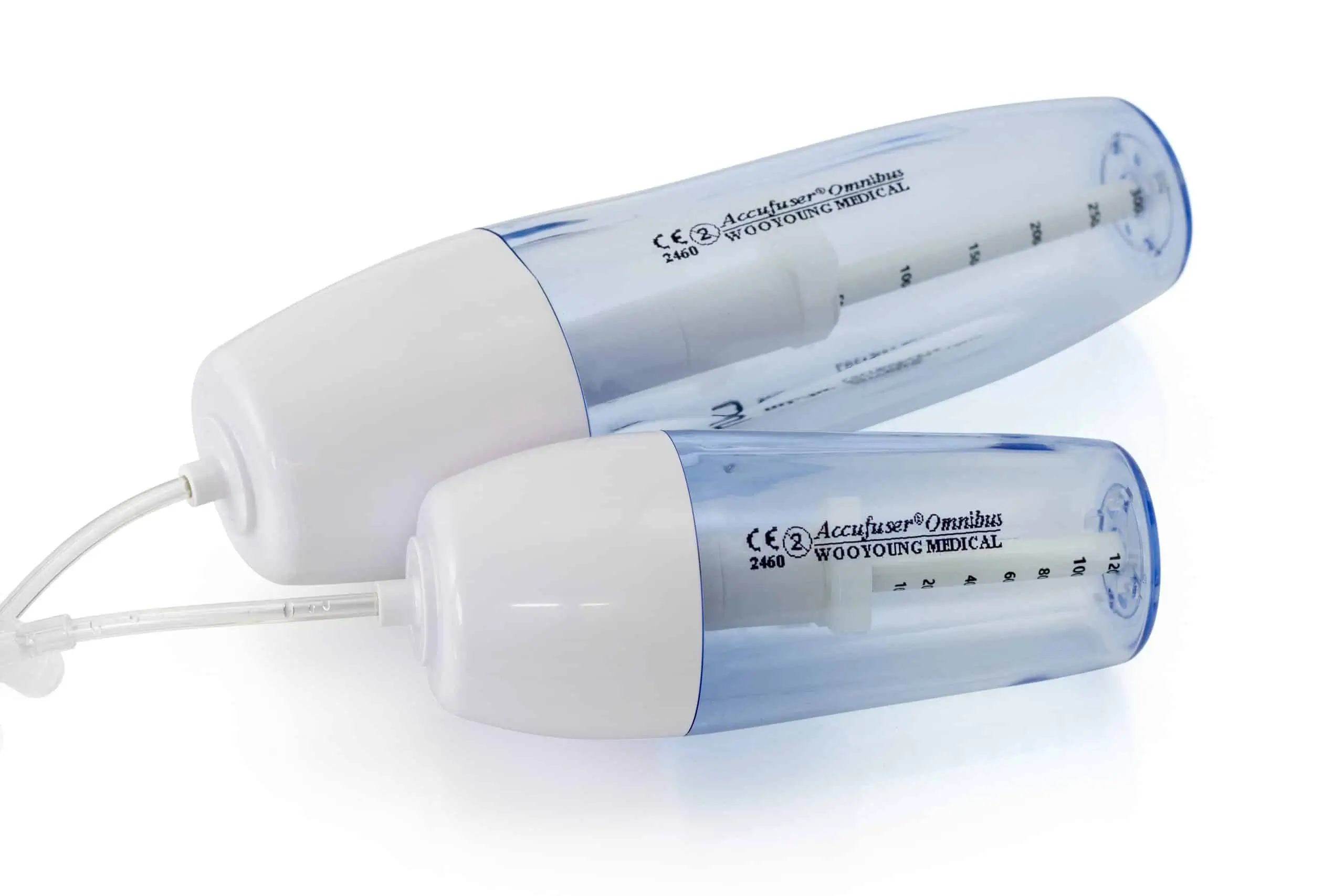ECG Catheter Tip Location – For more accurate central line and PICC line placement
Discover pilotTLS™ from Vygon UK, a specialist ECG catheter tip location system to enable more accurate central line and PICC (Peripherally inserted Central Catheters) line placement.
Suitable for use in the placement of PICC’s, short and long-term CVC’s (central venous catheters) and implantable ports. Certified for use on all patients from neonatal to adults, and with a dedicated mode for patients living with atrial fibrillation.
PILOT TLS ECG technology provides immediate feedback on CVC tip placement, enhancing both patient and clinician satisfaction by minimising exposure to X-ray radiation and enabling consistent CVC placement in both the acute and non-acute settings
- Versatile: Can be used with any brand of PICC, short and long term CVC and implantable port
- Portable: A small, lightweight device that can be used in acute and non-acute settings
- Simple: Provides clear indicators of P wave changes. The focus is on accurate P wave interpretation in order to facilitate navigation of the line during the insertion procedure and rapid tip location confirmation.
- Safety: Minimising exposure to X-ray radiation
For more information on Pilot TLS or ECG catheter tip location, use the form below to contact a member of the Vygon team.
The importance of the P wave with ECG:
Studies consistently show that interpretation of P wave changes is the most accurate and reliable way of determining both catheter tip location and accurate navigation of the line during the insertion procedure*. The alternative method of PICC/CVC placement relies on x-ray after the procedure taking place to confirm placement. With those that are misplaced needing to repeat the procedure at a cost to the patient and trust.
PILOT TLS incorporates several real-time features designed to improve P wave interpretation thus assisting clinicians to achieve accurate navigation and tip location. These features are further enhanced by a clear and accurate ECG waveform at all stages of the insertion procedure allowing the clinician to be confident in using the system to interpret changes in the P wave.


